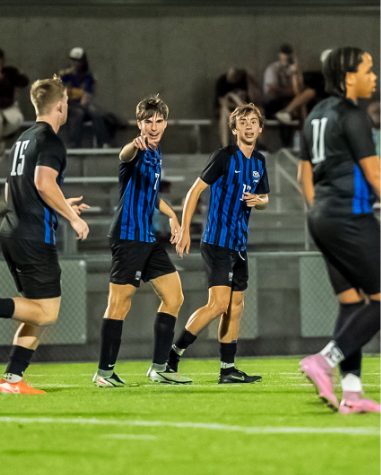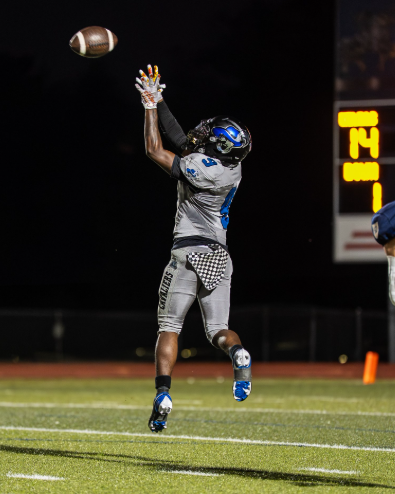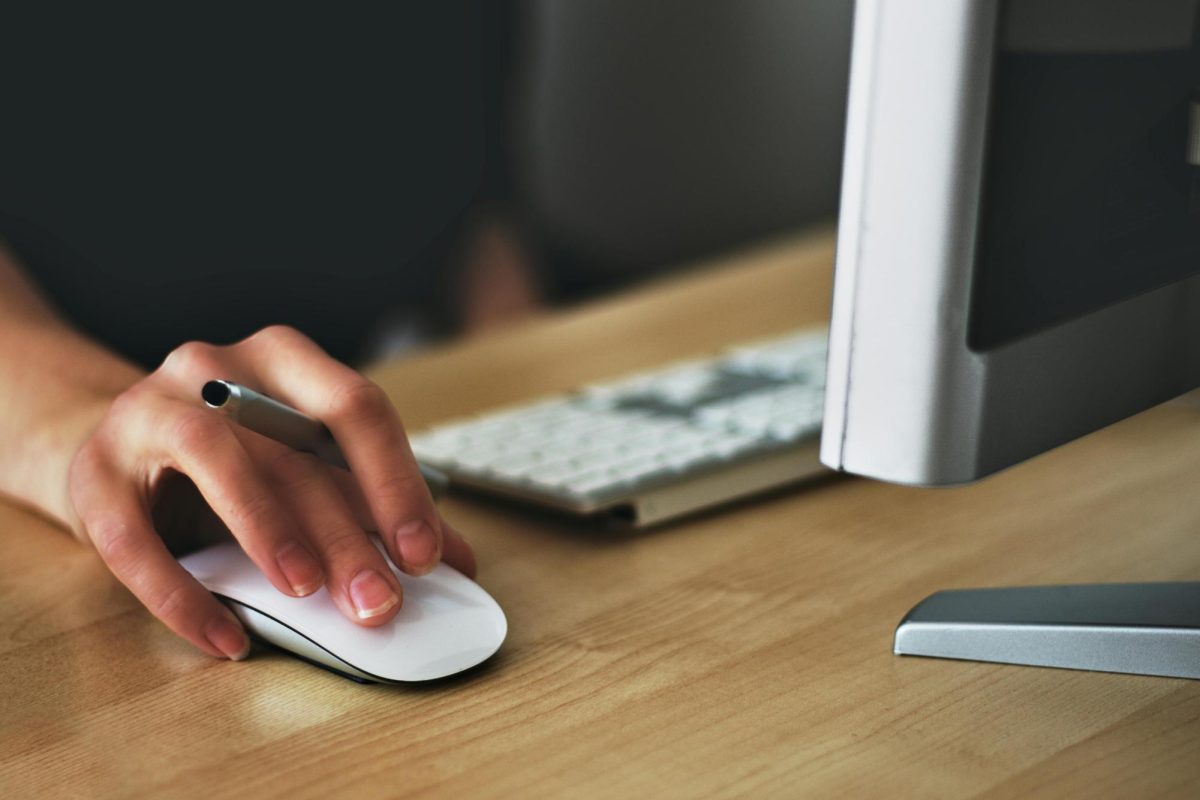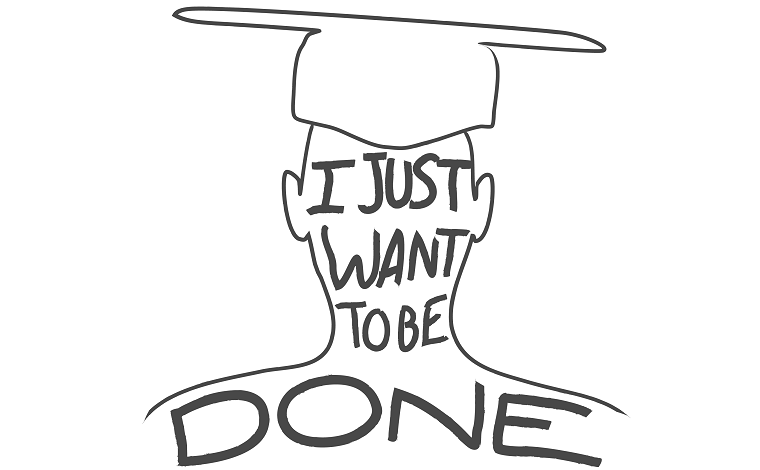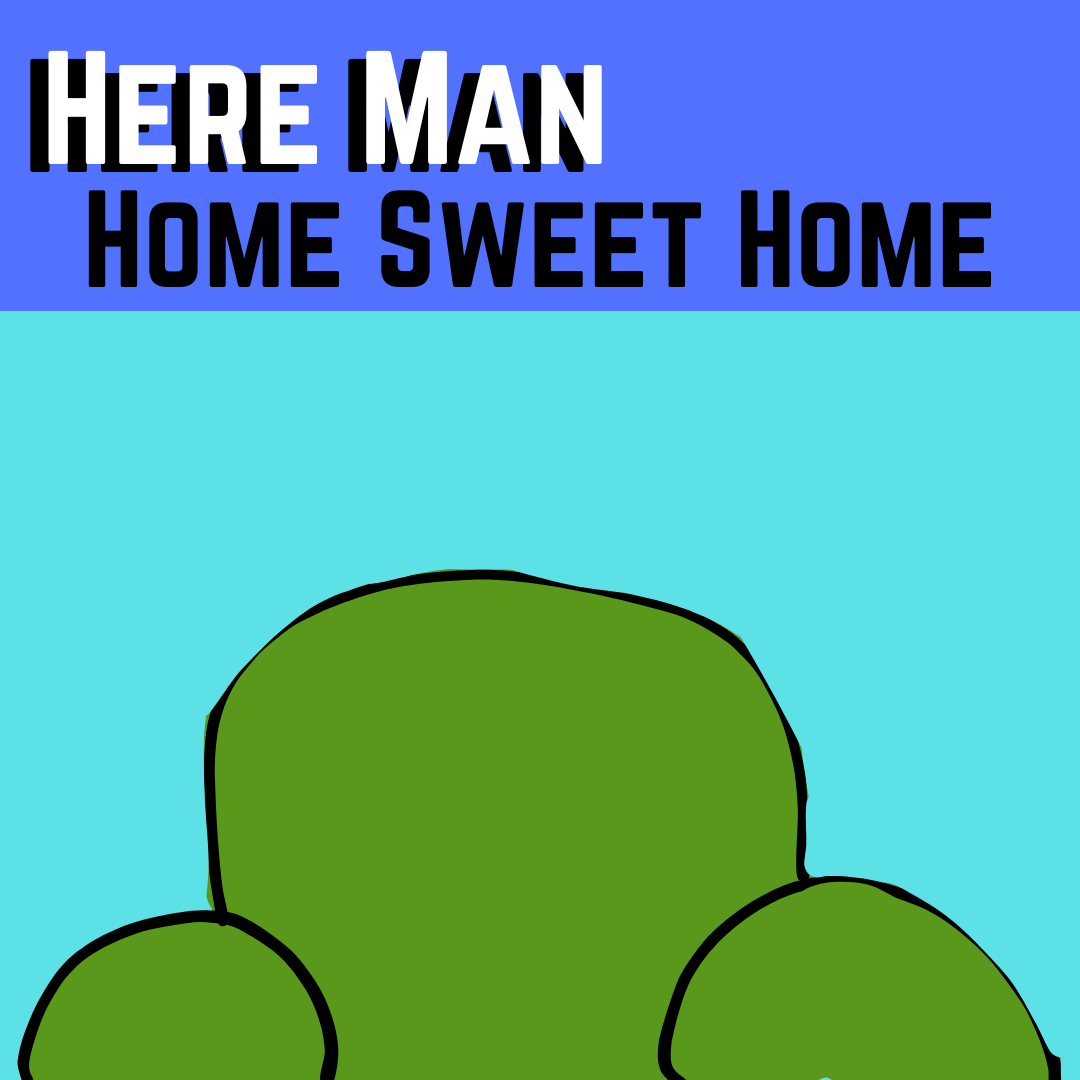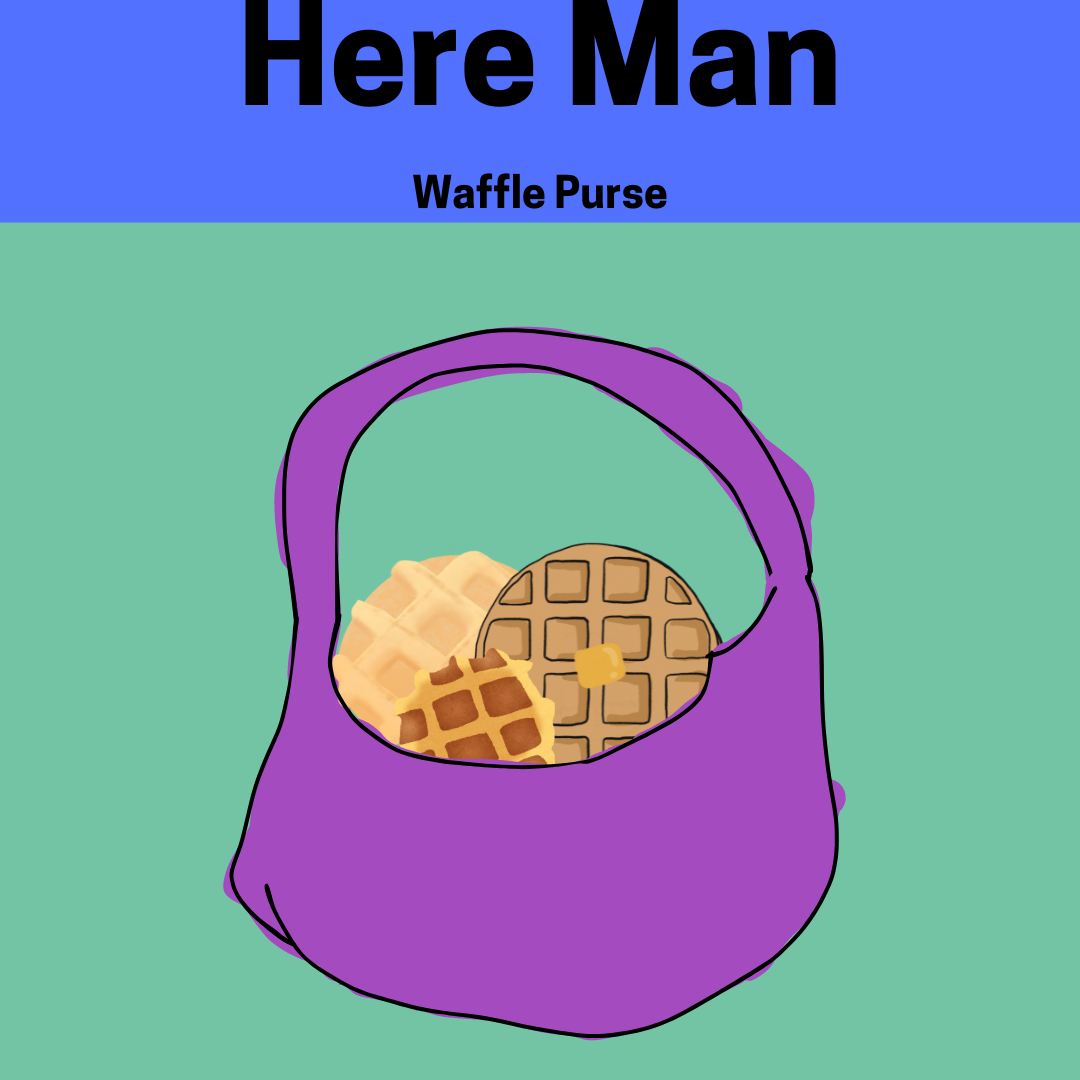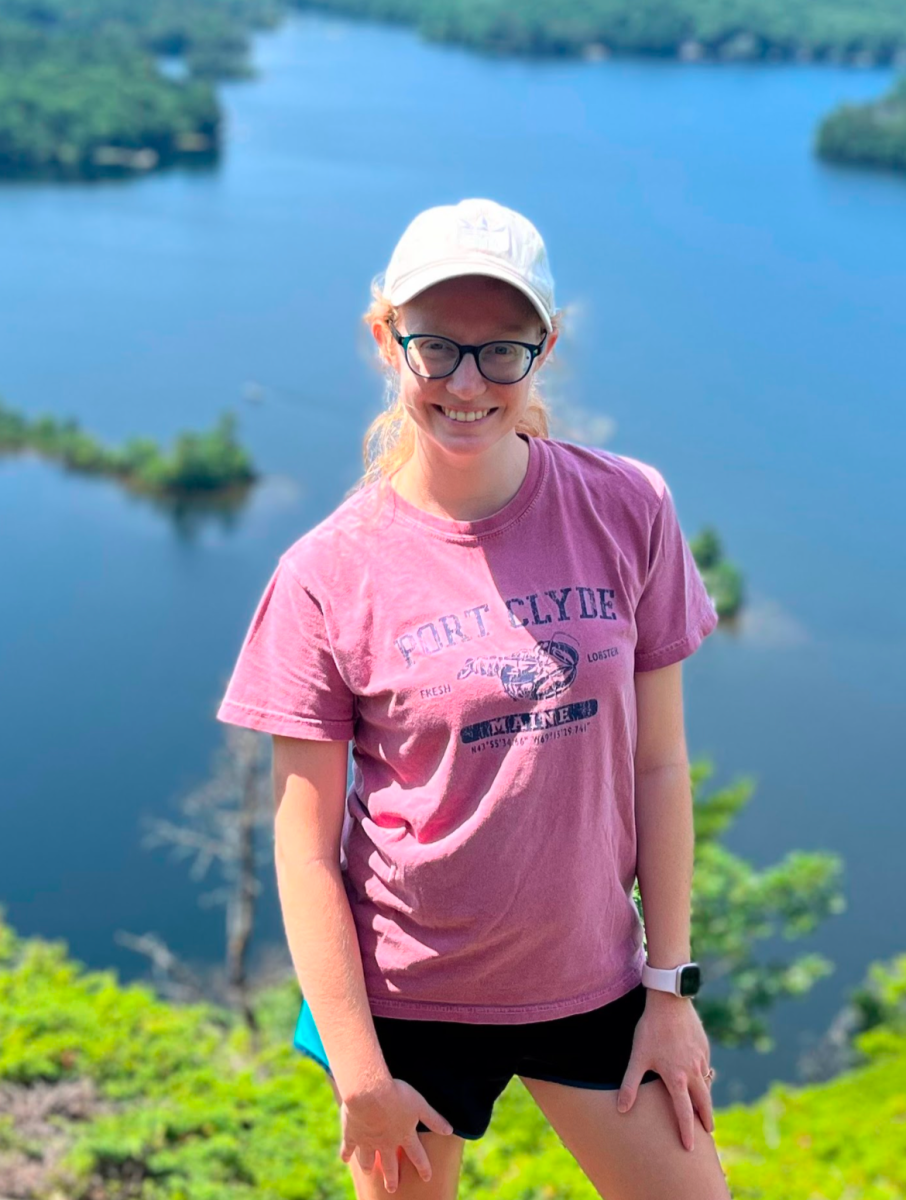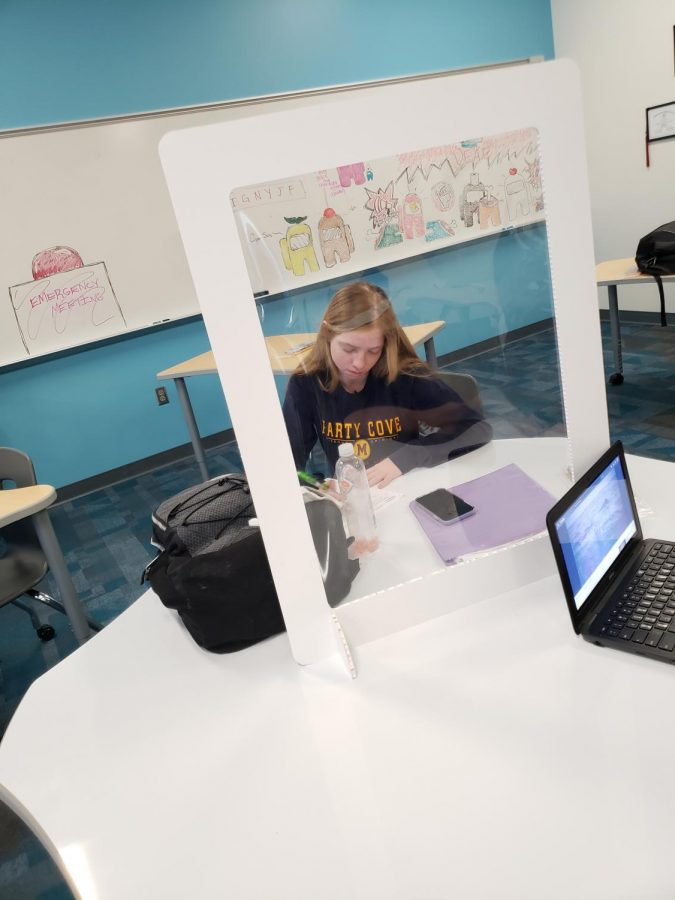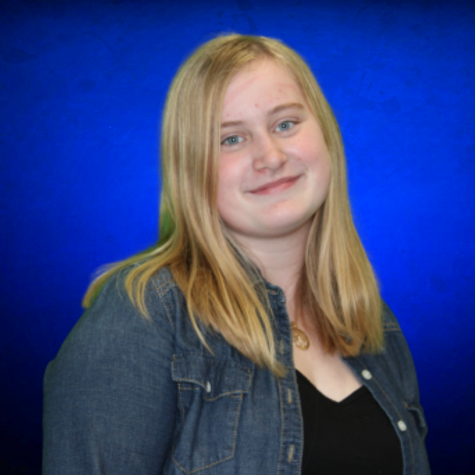Heart to Heart: Conflicting Views on New COVID Procedures
Katelyn and Olivia have a heart to heart conversation regarding their thoughts on new COVID procedures at school.
December 11, 2020
Plume Staff members, Katelyn Smith and Olivia Kucsik, lay it all out in a new feature outlining their thoughts about the new COVID-19 protocols and procedures being implemented by JCSD.
Yes to COVID Procedure Improvements by Katelyn Smith
As CCHS students return to the building for in-seat learning, adjustments have been set in place towards expanding COVID protocol. These evolving guidelines are made to ensure that attending school is as safe as possible for students and staff alike. Some think that they are unnecessary and will not affect the spread of disease, however, whenever it comes to such a topic, any measures help. COVID is still quite unknown and whatever measures staff and students can follow will always help in the long run.
Most of the new procedures focus on separating students while working in the classroom. Staff have been requested to rearrange their classrooms in a pattern of a row of “fish” tables then a row of “wave” tables. This will hopefully create a more distanced arrangement in classrooms.
JCSD has done their best to provide most rooms with singular desks so that students are more distanced while sitting. However, compromises had to be made so the wave tables and the whiteboard tables could still be used in classrooms. To fix this, plastic dividers have been distributed to teachers along with directions on where to put them. Whiteboard tables are to only have two students at them, seated at opposite ends, and a divider placed in between them. Furthermore, wave tables are to have a divider in the middle with students sitting at opposite sides, instead of on the same side and next to each other, like what has been done previously.
Unfortunately for some classes, the only desks made available are wave tables, so social distancing is still a struggle for those classrooms. All Art, Science and FACS classrooms have been advised to space out their tables as best as they can and have been given more dividers to aid in social distancing.
Throughout this all, JCSD reiterates to students and staff to: stay home if sick or experiencing COVID symptoms; properly wear a mask, especially if social distancing isn’t possible; socially distance yourself from those outside of your household; practice proper hand washing, this includes washing your hands with soap and water for at least 20 seconds; avoid social gatherings without maintained distance.
If COVID continues to cause issues such as staff shortages, JCDS is prepared to temporarily return to online learning until resolved. The new procedures may seem pointless or annoying to practice; however, any attempt at trying to keep students in-seat is worth the effort. Personally, I believe trying out a few extra rules and being in-seat is better than not being able to physically attend school because not enough precautions are taken place.
No to COVID Procedure Improvements by Olivia Kucsik
In the CDC’s considerations for operating schools during COVID-19 it outlines the idea of, “strict implementation of proven mitigation strategies.” This is reflected in the JC Schools COVID-19 School Re-Entry Plan through the following expectations, “Increased sanitation efforts; social distancing; staff and student screening measures; personal protective equipment; limited visitor access to building; virtual education options and; procedures for COVID-19 infections.” Recently, CCHS added additional classroom procedures in attempts to prevent any additional spread of the virus.
Here, the issue lies not the policy itself, only that fact that it cannot be universally enforced. Much like masks and dividers in school, seat belts and airbags are placed in cars to save lives and prevent potential damage. However, if you were to wear the seatbelt some of the time and there was a hole in your airbag, you could not realistically expect these safety features to save you in the case of an accident. The same logic can be applied here. Masks, dividers and every other precaution taken only works if they are being rigidly enforced, requiring a personal responsibility from every person who walks these halls. In science class, we are taught to narrow our experiment to two variables but in this given situation it isn’t plausible here.
It is no longer a debate of facts, but values. COVID-19 is prevalent, in our county and here at Capital City. Everyone makes a choice to be here, and you cannot fault those who, when given the option would prefer to be in-seat learning. For teachers and students alike, it is the more agreeable choice. We should take every precaution, but in the support of everything COVID has taken and threatens to take. However, we should take a step back and ask ourselves a question: where is the line drawn?
Personally, I believe the new procedures are only providing an allusion for an issue that cannot be fixed with plastic dividers. New procedures should start with proper enforcement of the original policy by students and teachers alike.





